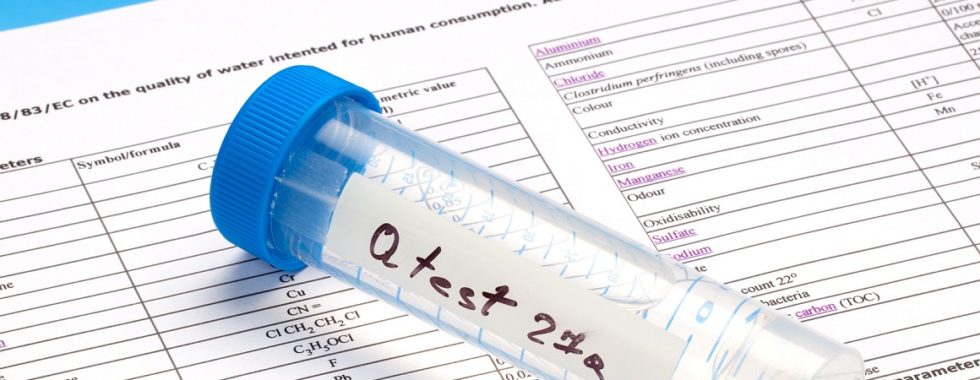5 things you must know before deciding on a water treatment process
Deciding on the right water treatment process is a crucial step. Failing to understand the factors that will affect the decision and the design of the treatment process, might result in failure of the entire process, high costs and, of course, not achieving the required water quality.
Water analysis is the basis for any water treatment design. However, knowing which parameters to test and the target quality of the water are the key for a successful planning.
These are the 5 questions you have to ask before taking any water test:
1. What is the intended / beneficial use of the water?
The first thing to ask yourself before making any decision, is – what is the treated water going to be used for? Is it for drinking water? Irrigation water for agriculture? Recreational? Industrial use? Or maybe for other intended use?
Note that there is a difference between intended use and beneficial use.
The beneficial use is a use of water that results in gain or benefit to the user and to the society. Beneficial uses, and their priority, are determined on a country/state level and may determine specific quality criteria, by regulation.
2. What are the water quality criteria for the intended use?
The water quality you need to achieve depends on the intended / beneficial use. Correct planning of the water treatment process requires understanding of the appropriate criteria. For example, water quality criteria for irrigation water in agriculture differ from the criteria for drinking water.
Some criteria are regulated and can be enforced, while others, are given as a recommendation. The criteria also vary between countries, states and regions.
Therefore, it is essential that you determine which criteria are applicable for your purposes, before you go ahead with your process planning.
3. Which type of water source is to be treated?
Knowing the raw water source and its characteristics is crucial in designing a water treatment process. Since it is not feasible to test the water for every single parameter, knowing the properties of the water source allows you to assess the potential risks and focus the water tests that you must do before designing the process.
For example, surface water is much more likely to contain suspended solids and biological contaminants, while groundwater is more likely to have high concentration of dissolved salts and lower risk of biological contaminants.
4. What are the specific characteristics of the water source?
The water treatment process must take into consideration the specific characteristics of the selected water source. Knowing the specific characteristics requires assessment of the potential risks. For example, if the water source is an aquifer (groundwater), then knowing what activities are taking place above the ground is an essential part of the assessment. Above the ground activity can be agricultural activity, where fertilizers and pesticides might leach towards the ground water.
Another example, for surface water, could be runoff of suspended solids (sand and clay particles) that require removal.
Keep in mind that the source of some contaminants might be far away from the place where you pump the water from, as activities taking place upstream may significantly influence the downstream.
5. Are there seasonal variations in the water quality?
The quality of your water source might be subject to seasonal variations and could vary significantly. For example, seasonal precipitations might result in higher level of suspended solids in both surface water and shallow ground water.
Make sure that the water samples you take for analysis represent possible fluctuations in the water quality and plan your water treatment process accordingly.



